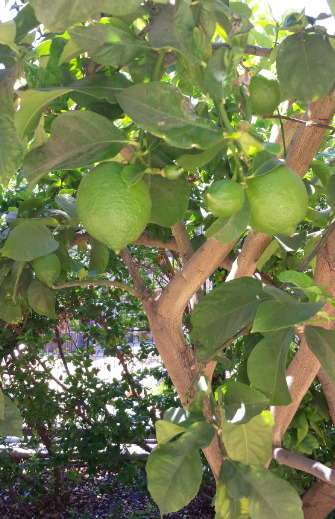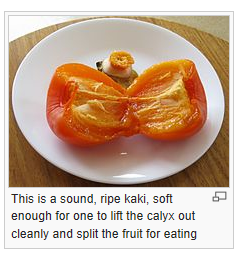
A Visit to Havenhurst Park
I am always on the search for interesting food gardens and Havenhurst Park is one of my favorite discoveries. It’s located in West Hollywood, right smack dab in the middle of a residential neighborhood. The park is small and I was attracted to it because I noticed fresh herbs growing there as well as fruit trees, beautiful shrubs, wild strawberries and so much more. Neighbors who live in the neighborhood are actually allowed to pick fresh herbs for their own use. Since my daughter lives in the neighborhood, we have been known to grab some fresh thyme or rosemary to use for our cooking. Depending on the time of the year, there is always something different and interesting growing. All of the photos shown were taken in the park on a couple of my visits there. This was the first time I had seen pomegranates growing. Not something I see in Texas!


Pomegranates are some of the most interesting fruit I’ve seen growing. The size of a ripe pomegranate can be as small as an orange or as big as a grapefruit, depending on its variety. Pomegranates have a rounded hexagonal shape with thick yellowish to reddish outer layer. The ones in these pictures are about the size of a baseball.

Inside a pomegranate is about 700-800 tightly packed seed casings called arils that are deep red in color when ripe. The taste of the juice differs depending on the variety and its state of ripeness. But basically, it can be sweet, sour or tangy.
Nutritional and Health Benefits of Pomegranates
Pomegranates have a very high content of punicalagins, which is a potent anti-oxidant component found to be responsible for its superior health benefits.
Amazingly, research indicates the capacity of anti-oxidant in pomegrantes is two to three times higher than red wine and green tea. In fact the level of anti-oxidant is even higher than those of other fruits known to have high levels of anti-oxidants including blueberries, cranberries and oranges.
They are also a good source of vitamin B (riboflavin, thiamin and niacin), vitamin C, calcium and phosphorus.
Common ailments that are known to react positively with the use of pomegranate or its juice:
Immune booster: The anti-oxidant nutrients in pomegranates are critical in building up your immune system. Drink juice high in anti-oxidant when you feel a cold coming.
Morning sickness/nausea: Mix and drink an equal amount of honey with pomegranate juice for relief.
Asthma: The high content of ascorbic acid (vitamin C) in this fruit is a powerful anti-inflammatory agent. It can greatly reduce wheezing in young children with asthma.
Sore throat: The anti-inflammatory agent in pomegranate juice significantly reduces the soreness and redness in the throat.
Anemia: Add a teaspoon of ground cinnamon with a little honey to a cup of pomegranate juice. Especially beneficial for women after monthly loss of blood due to menstruation
These look like limes, but are actually Lisbon Lemons. Lisbon is the variety of sour lemon favored by inland California growers. Check out the best lemon trees for your location: http://www.growcitrus.com/tag/lisbon-lemon/

The Lisbon is more vigorous, more cold resistant and more tolerant of poor growing conditions. It exhibits a less open growth habit and covers its limbs more completely with foliage. These characteristics make it the better of the 2 lemon varieties to use when planting a lemon hedge.

The tree is thorny but productive. Winter and spring is when the Lisbon produces its biggest crops but some fruit will be present on the tree almost all the time.

These fruits can be eaten fresh, dried, raw, or cooked, which changes the flavor, but they are generally sweet and pulpy. If allowed to ripen fully, the flesh can almost be scooped out with a spoon. There is also a misconception to allow them to ripen almost to a rotting state, but in reality, you should allow them to ripen until they are fully soft, which is often misconstrued when compared with other fruits that are called “rotten” when they become very soft and pulpy.
How to Eat a Persimmon
Nutritional Facts of Persimmons
The long list of health benefits that this interesting fruit can confer on people is due primarily to its very high vitamin and mineral content, as well as some unusual organic compounds. These include vitamins A, C, E and B6, as well as dietary fiber, manganese, copper, magnesium, potassium, and phosphorous. Its organic compounds are probably the most important parts, and they include catechins, gallocatechins, betulinic acid, and various carotenoid compounds that fall within the B complex of vitamins.


0 Comments
Write a Comment